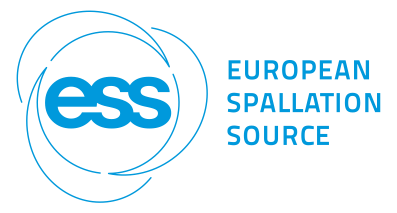Description
Robert Richardson
Liquid crystals generally do not have the three dimensional long-range order of a crystal lattice and have few or no
Bragg peaks. We have to go beyond simple diffraction methods to characterise and understand their structure.
Neutron scattering from deuterium labelled molecules has given many insights into the structure and dynamics of
these phases.
An important quantity for nematic, smectic and columnar phases is the orientational order parameter, 𝑃2 ̅̅̅, of the
molecules. A value can be obtained by analysis of the diffuse equatorial arcs in an X-ray diffraction image but there is
always an awkward question as to whether the value pertains to single molecules or clusters since the arcs result from
inter-molecular interference. Neutron scattering from a mixture the normal hydrogenous and perdeuterated MH222
molecules gives a genuine single molecule scattering component that may be used to determine the value of 𝑃2 ̅̅̅. The
method also gives the higher order parameters, 𝑃4 ̅ , 𝑃6 ̅̅̅ etc., that are inaccessible to NMR so the complete orientation
distribution function can be constructed.
![][1]
Future applications of the method to variants of the common nematic phase will be discussed.
For smectic liquid crystals, it is the translational order parameter that defines the phase. In principle, it is determined by the strength of the 001 layer reflection but it is difficult to determine accurately from X-ray diffraction because the molecular form factor cannot be modelled accurately. It turns out to be much better to use neutron diffraction from molecules with their rigid cores deuterated and the hydrocarbon chains hydrogenous. The molecular form factor can be modelled more acurately and the translational order parameter for a typical cyanobiphenyl, 8CB, turns out to be about 0.45 at room temperature. These translational and orientational order parameters are useful benchmarks for atomistic simulations.
![][2]
Applications of liquid crystals, such as the twisted nematic, rely on surface anchoring of the director. This motivates the study of the interface between a nematic phase and a solid substrate such as silicon or a fluid one such as air. Grazing incidence reflection shows that smectic layers may form at the interface. Neutron reflection, using a partly deuterated 8CB molecules in the nematic, allows the strength of the translational order and its range to be determined. The thickness of the smectic-like layer, , increases strongly as the nematic to smectic transition is approached. The values of the smectic order parameter vary with the coating on the surface but are independent of temperature.
![enter image description here][3]
[1]: https://indico.esss.lu.se/event/756/picture/18.jpg
[2]: https://indico.esss.lu.se/event/756/picture/17.jpg
[3]: https://indico.esss.lu.se/event/756/picture/16.jpg
Author
Robert Richardson
(University of Bristol)

